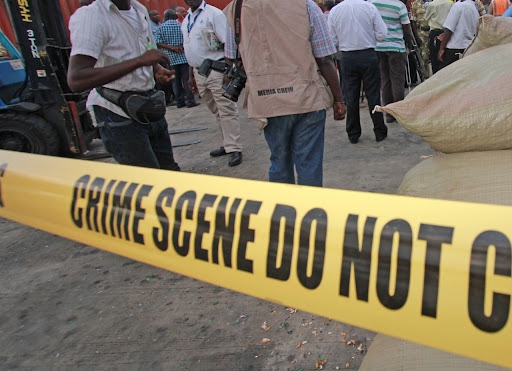Drought wreaks havoc in Garissa county and Northeastern at large as pastoralists' livestock die huge humbers, people are scrawny like the animals and they, too, could be close to death.
At best, they are hungry, thirsty and destitute.
The Kenya Red Cross says 378,000 people in Garissa are facing starvation and the numbers increase daily.
The droughts has taken a heavy toll on the counties due to successessive seasons of depressed or failed rains for four consecutive seasons.
A spot check in Lagdera and Dadaab subcounties revealed extreme water scarcity and worsening rates of malnutrition across the county.
Desperate pastoralists called on the national and county governments and aid agencies to scale up intervention and aid.
Resident Hassan Sugal of Abakaile ward in Dadaab subounty said he lost 120 animals in the last year through drought.
“In April this year my son left with my herd 120 of cows, sheep and goats to Kimsayo in search of pasture and water. Three months later he come back empty handed. All the animals had died,” Sugal said.
“I was lost for words and almost went mad. I could not believe him and had to call people there who confirmed the sad news. As we speak I am left wondering what the future holds for me and my family. How can I fend for them?
"I am humbly asking for help."
Resident Abdi Barre of Abakeile lost 180 animals, among them 80 goats and sheep, and wonders how he will provide for his family. He has no other source of livelihood.
“You can imagine losing all your livestock in a few months through drought and being left with absolutely nothing. I am so stressed and really don’t know what do. As we speak one of my sons is supposed to be joining university in September and I don’t know where I will get his fees from,” Barre said.
The Kenya Red Cross is now engaging in an integrated drought management programme that involves cash transfers and animal offtake.
Speaking in Eldere, Lagdera Garissa ed Cross coordinator Mohamed Dubow said if it does not rain in October, November and December season then more than 420,000, or half the population will be affected.
"We are at the crisis phase of the drought and despite many interventions, they need to be upscaled since desperate people are increasing by the day," Dubow said.
The Meteorological department projects depressed rainfall across all ASAL counties during the October-December rainfall season due to La Nina. This means a fifth failed season of failed rains.
Speaking on the sidelines of the ongoing induction in Mombasa, governors from ASAL counties called for immediate large-scale intervention as the situation is deteriorating fast.
Governors included Nathif Jama (Garissa), Ahmed Abdullahi (Wajir), Adan Khalif (Mandera), Issa Timamy (Lamu) and Mohamud Mohamed (Marsabit)
All sectors are affected: water, livestock, health, nutrition, agriculture and education.
(Edited by V. Graham)











